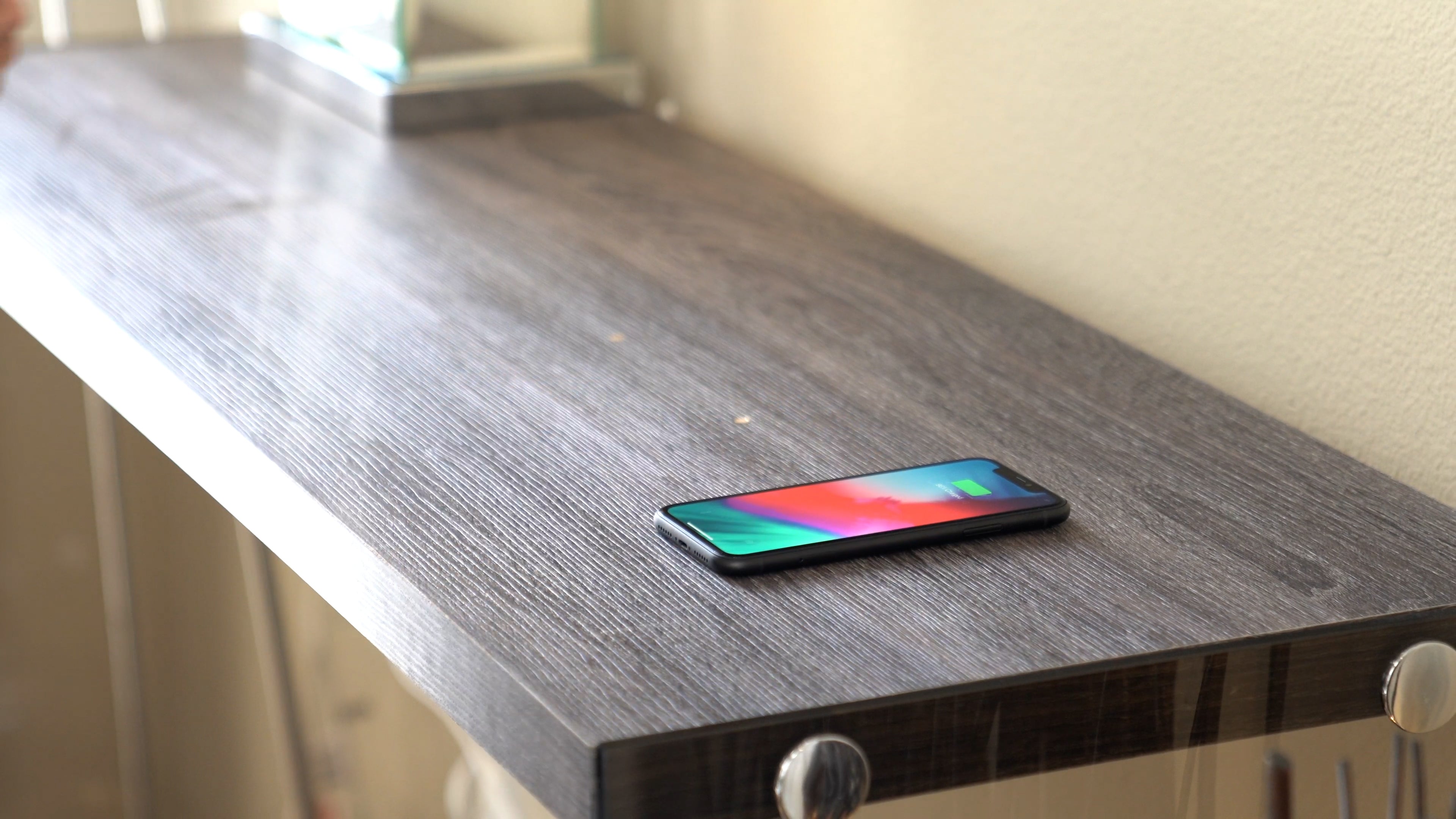With the advent of new technologies, we often find ourselves upgrading to sometimes unnecessary or insufficiently tested devices or gadgets.
This isn’t the case with wireless chargers, however, as they have proven time and time again over these past few years that they deserve all the praise and admiration they get.
Before we delve into what you need to look for in an under table wireless charger at this point in time, we should first make an effort to distinguish between first-generation wireless chargers and the newer versions.
We say this because the technology has come a very long way since its inception and it continues to break new ground every year.
As we are about to find out, a wireless charger’s general efficiency can be influenced by a series of parameters, from the material construction to the shape of the device itself.
Furthermore, the surface a wireless charger has to penetrate in order to charge the device also affects the consistency of the charge being delivered at any given time.
Charging speed can vary
While no manufacturer explicitly states that their wireless charger may lose its charge when faced with peculiar surfaces, it’s definitely something you have to consider.
For instance, your average wireless charger may penetrate most organic surfaces with no issues to speak of, but this all changes when the tabletop is made of metal or thick leather.
You also have to bear in mind that when an under table wireless charger heats up too much, the charge it delivers is reduced to some degree.
This isn’t to say that the charger seizes to charge your devices, although it may do so at a slower pace. In other words, the tabletop has a substantial effect on your charger’s delivery.
Another thing one needs to consider is the design, material, and thickness of the phone’s casing. A thicker case made from thick leather may have a negative effect on the device’s wireless charging capabilities. If the case is made of metal, then you can expect the device not to charge at all.
Different devices charge at different speeds
You need to understand that not all Qi-ready devices charge at the same speed, not even close. For instance, most iPhones can handle up to 7.5 Watts from a Qi-enabled charger, so even if your charger delivers 10W or more, it is unlikely that your iPhone will charge as fast as other devices that can receive up to 10 Watts or more.
More to the point, a high-end under table wireless charger can deliver up to 10 to 15 Watts but if the device receiving the charge doesn’t have the capabilities, the process may take up to an hour or even more.
Know that iPhones are usually paired with an Apple charger that delivers around 5 Watts, which is a lot less than many third-party wireless chargers.
Another thing to remember is that companies like Samsung pair their proprietary wireless charger with most of their Qi-ready devices.
By all means, these chargers are quite impressive from a technological standpoint, although they leave a lot to be desired in regards to their structural rigidity and durability.





Leave a comment
This site is protected by hCaptcha and the hCaptcha Privacy Policy and Terms of Service apply.